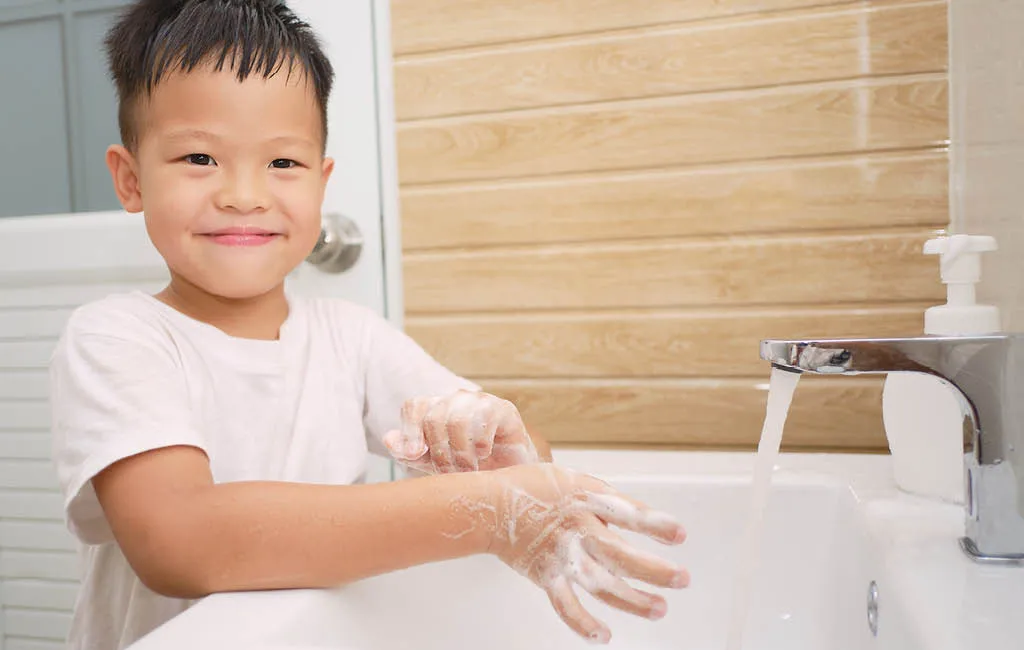The start of school
Many children look forward to finally starting school. This new stage also brings changes to the family's daily routine. While arrival times were more relaxed at nursery, the school day begins promptly every morning. A regular evening routine allows children to start the day feeling rested. If you lay out clothes and prepare the snack together in the evening, the morning starts with less stress and there’s time left for breakfast. Afternoons at home include tasks like helping with homework, practicing reading and math, and packing the school bag together. In the early years of school, children rely especially on their parents' support. School provides the foundation. However, for children to gain confidence in reading, writing and arithmetic, regular practice at home is useful. Just fifteen to twenty minutes every day is enough to read a few lines, write a few words and solve one or two simple math exercises. Don't compare your child with others, because every child develops at their own pace when facing new challenges. Patience and kind words help children stay motivated to learn. In addition to learning, starting school brings other changes, such as planning family holidays around school breaks. Some parents of primary school children also need suitable childcare during the long summer holidays. It takes a while before everything falls into place and routines develop that ease everyday life.








